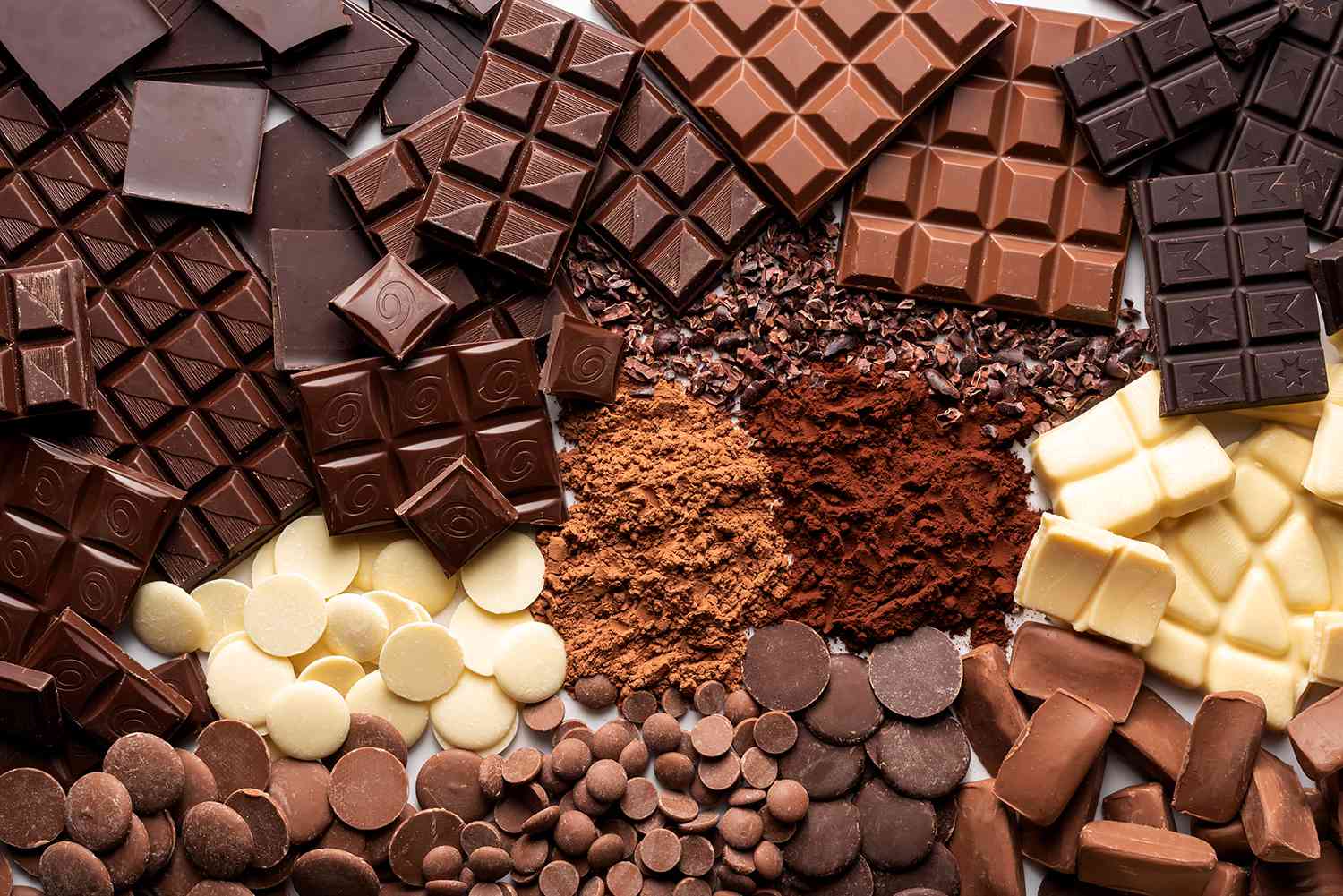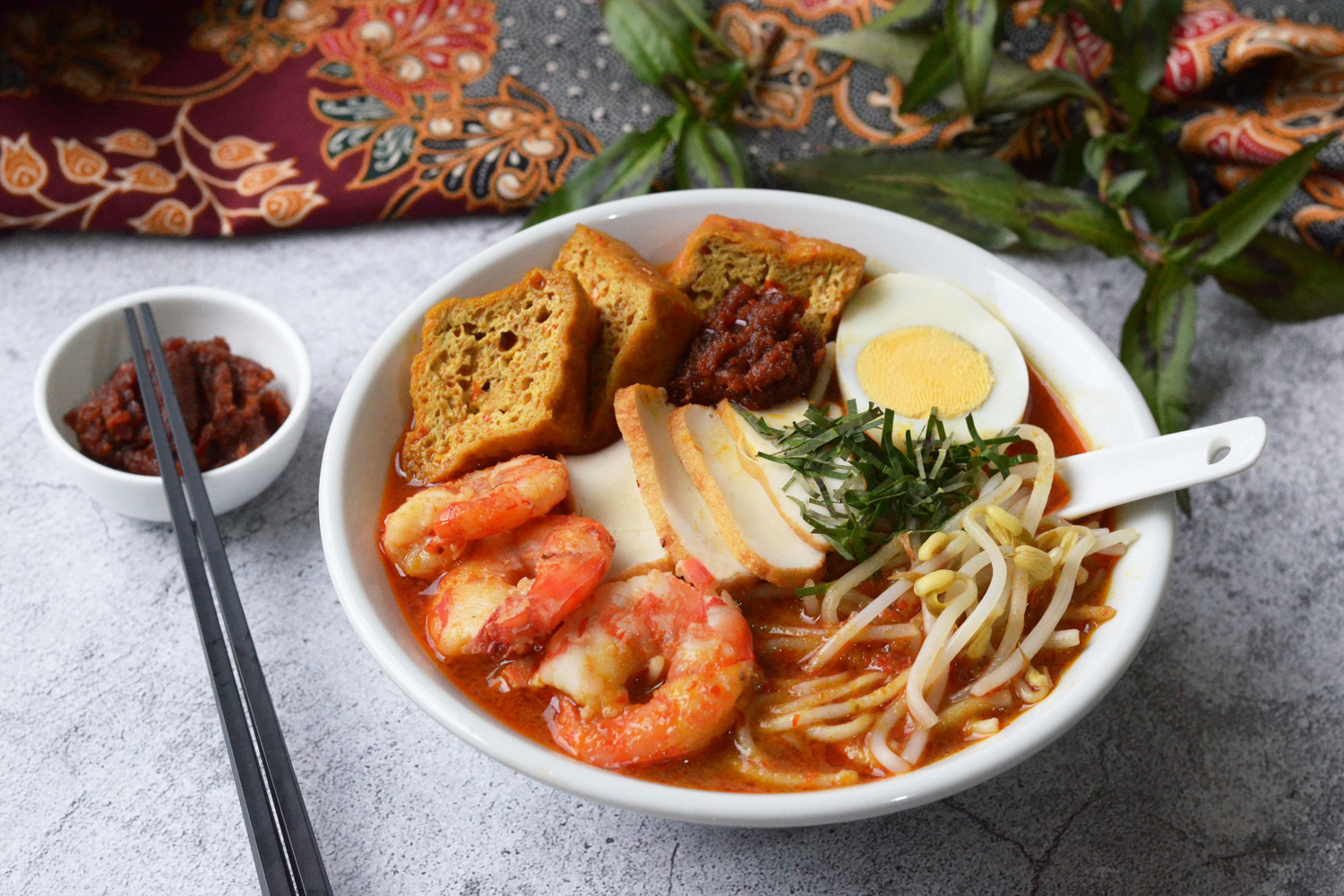pokomde.info – Chocolate, one of the world’s most beloved treats, has a rich history that spans thousands of years, beginning long before it became the sweet delicacy we enjoy today. The story of chocolate originates with ancient civilizations in Central and South America, where it was revered as a divine gift. Over time, chocolate evolved from a bitter, ceremonial drink into the sweet, indulgent forms we know today. Let’s explore the fascinating journey of chocolate from its origins to its current status as a global phenomenon.
Ancient Beginnings: The Olmecs, Mayans, and Aztecs
Chocolate’s history can be traced back to the Olmecs, one of the earliest civilizations in Mesoamerica (modern-day Mexico). As early as 1500 BCE, the Olmecs are believed to have cultivated cacao and used it in religious rituals. While not much is known about how they consumed cacao, the Olmecs laid the foundation for later civilizations to refine the use of the cacao plant.
The Mayan civilization (250-900 CE) developed a deep appreciation for cacao, which they referred to as kakaw. The Mayans were among the first to prepare cacao as a beverage, mixing ground cacao seeds with water, chili peppers, and other spices to create a bitter, frothy drink called “xocolatl”. This drink was enjoyed by the elite during religious ceremonies and social gatherings, and cacao beans were even used as currency.
Following the Mayans, the Aztecs (14th-16th centuries) took the cacao beverage to new heights. For the Aztecs, cacao was a gift from their god Quetzalcoatl, and they believed it possessed mystical and medicinal properties. The Aztec emperor Montezuma was said to drink large quantities of cacao daily for strength and virility. However, unlike the Mayans, who sweetened the drink, the Aztecs consumed it in its unsweetened, bitter form, often mixed with maize, vanilla, and chili peppers.
The Arrival of Chocolate in Europe
Chocolate made its way to Europe in the early 16th century, thanks to Spanish explorers like Hernán Cortés, who encountered cacao during their conquests of the Aztec empire. Cortés and his fellow conquistadors were introduced to the cacao drink, which they initially found too bitter. However, they soon began adding sugar, vanilla, and cinnamon to the drink, transforming it into a sweeter, more palatable beverage that became highly popular among Spanish nobility.
The Spanish kept the secret of chocolate for nearly a century, but by the 1600s, its popularity began to spread across Europe. Aristocrats in France, Italy, and England embraced chocolate, often served as a hot, spiced drink similar to modern hot chocolate. By the 17th century, chocolate houses—similar to coffee houses—began popping up in European cities, and chocolate was firmly established as a luxury item for the wealthy.
Industrial Revolution: The Birth of Modern Chocolate
The next major evolution in chocolate’s history came during the Industrial Revolution in the 19th century. In 1828, Dutch chemist Coenraad Van Houten invented the cocoa press, which could separate cocoa butter from cacao solids. This invention allowed for the creation of a smoother, less bitter form of chocolate and paved the way for solid chocolate products.
In 1847, British chocolatier Joseph Fry discovered that by mixing cocoa butter with cocoa powder and sugar, he could create the first solid chocolate bar. Soon after, Swiss pioneers like Daniel Peter and Henri Nestlé made chocolate even more popular by developing milk chocolate in 1879, which combined cocoa with condensed milk. Rodolphe Lindt later introduced a process called “conching,” which gave chocolate its smooth, creamy texture.
These innovations made chocolate more affordable and accessible to the masses, leading to the creation of famous chocolate brands such as Cadbury, Nestlé, and Lindt, which continue to dominate the market today.
Chocolate Today: A Global Phenomenon
Today, chocolate is enjoyed in countless forms, from luxury artisanal creations to mass-produced candy bars. The global chocolate industry is worth billions, with countries like Switzerland, Belgium, and the United States being known for their chocolate production. However, the origins of chocolate are still deeply rooted in Mesoamerican traditions, with the cacao plant remaining the key ingredient in all forms of chocolate.
The Legacy of Cacao
While chocolate has evolved into a modern indulgence, the legacy of the cacao plant is still honored, particularly in the regions where it originated. In countries like Mexico and Guatemala, traditional cacao beverages are still consumed, and cacao remains a symbol of cultural heritage.
In recent years, there has also been a resurgence of interest in the history and ethical sourcing of cacao. Many chocolate companies are focusing on sustainable farming practices and fair trade, ensuring that the farmers who grow cacao are fairly compensated for their labor. This shift toward ethical chocolate production has helped re-emphasize the importance of cacao and its cultural significance.
Conclusion: From Ancient Rituals to Sweet Delights
The history of chocolate is a journey from the sacred and ceremonial to the sweet and beloved treat we enjoy today. From the ancient Olmecs and Aztecs who worshipped the cacao bean to the industrial innovations that made chocolate accessible to the masses, chocolate has undergone an extraordinary transformation. As we savor a piece of chocolate, we can appreciate its rich cultural legacy and the centuries of history that brought it to our tables.








